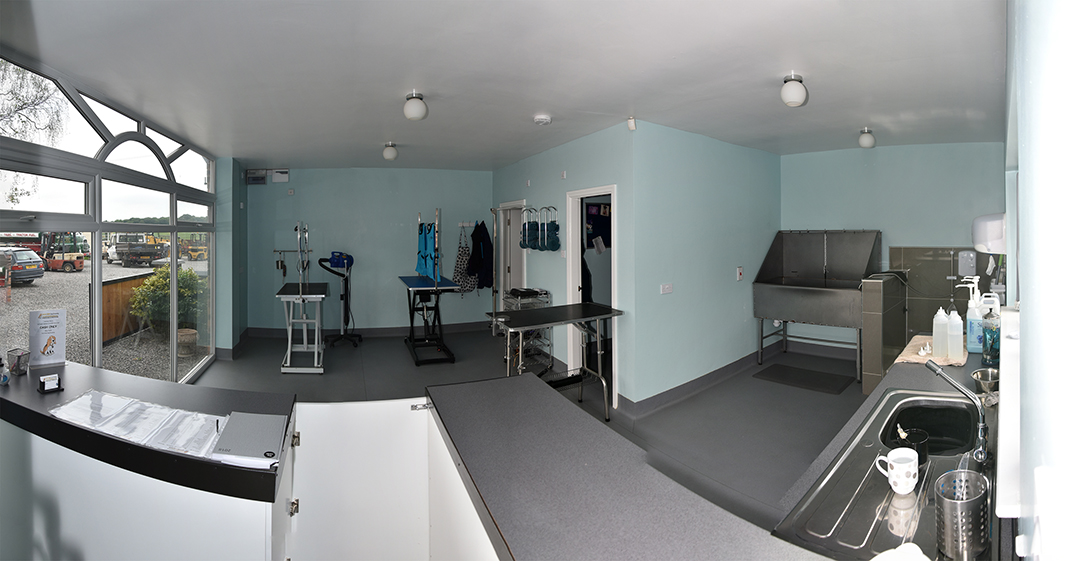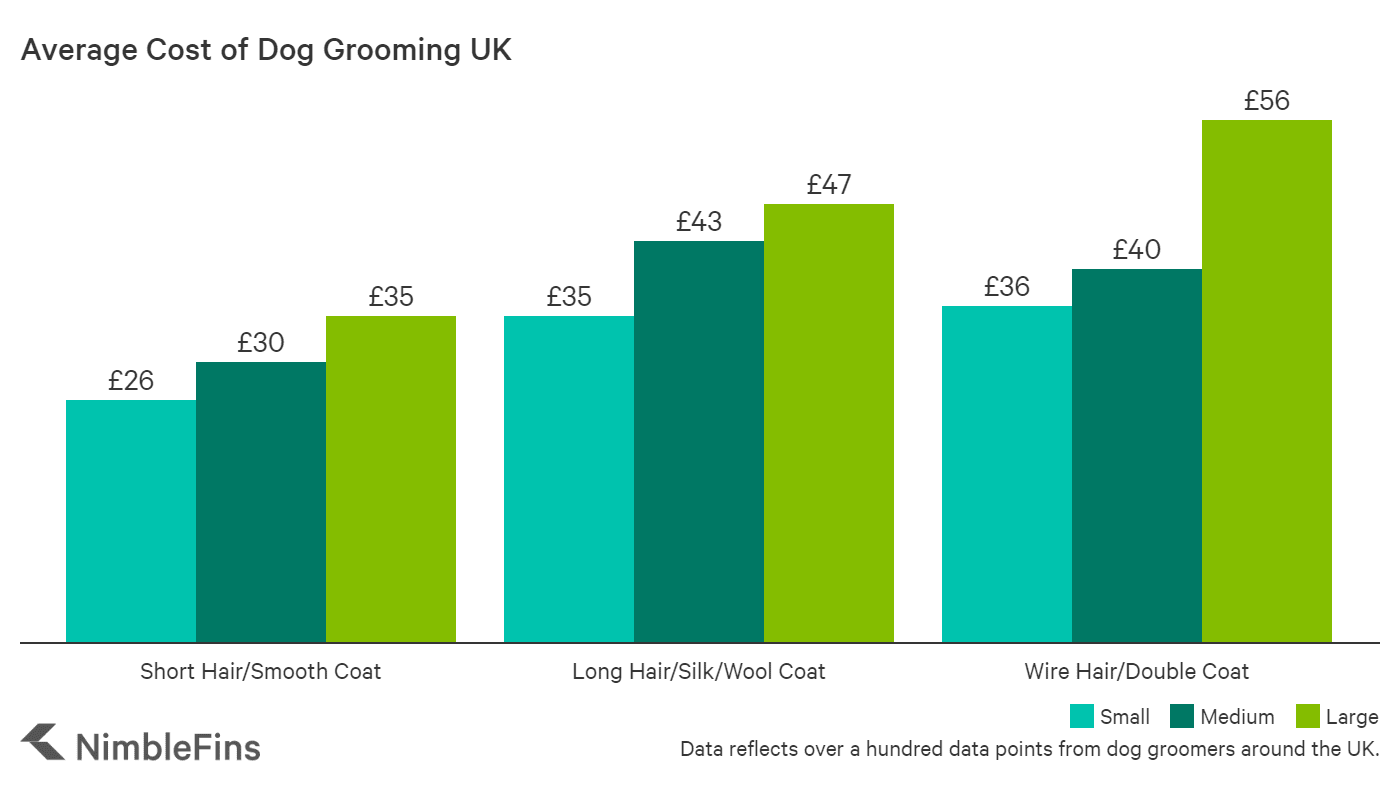Prairie dog grooming stock photo image of brown american
Table of Contents
Table of Contents
If you thought that grooming was only limited to humans and pets like cats and dogs, then you might be surprised to know that prairie dogs too indulge in keeping themselves clean and tidy. Prairie dog grooming is crucial for these rodents as it not only keeps them healthy but also helps in forming strong social bonds within their community. Let’s take a closer look at this fascinating facet of prairie dogs.
Pain points of Prairie Dog Grooming
While most people might think that grooming is a harmless and straightforward activity, the same cannot be said for prairie dogs. These adorable rodents face several difficulties while trying to clean themselves, including the risk of getting bitten by parasites such as fleas and ticks, which can lead to infections and diseases. Additionally, prairie dogs also have to deal with the challenges of keeping their burrows clean, which can become quite tricky in the case of larger colonies.
The Target of Prairie Dog Grooming
The primary goal of prairie dog grooming is to maintain hygiene and prevent the spread of diseases within their community. In addition to this, grooming also plays a crucial role in establishing social bonds among the members of the colony. Prairie dogs often engage in mutual grooming, where they clean each other’s fur and remove any debris, which helps to build trust and strengthen their relationships.
Main Points About Prairie Dog Grooming
From maintaining hygiene to strengthening social bonds, prairie dog grooming serves several important purposes. While grooming often involves cleaning their fur and removing debris, prairie dogs also engage in mutual grooming to establish trust and form relationships. However, grooming is not without its challenges, and prairie dogs face several difficulties while trying to keep themselves clean and healthy. These include the risk of getting bitten by parasites such as fleas and ticks, as well as the challenge of keeping their burrows clean.
The Importance of Prairie Dog Grooming
Prairie dog grooming is crucial for maintaining a clean environment within their colonies. These rodents are extremely social creatures, and the act of mutual grooming helps to strengthen their social bonds and maintain a sense of community. In addition to this, grooming also plays a crucial role in detecting any signs of illness or injury, allowing the affected prairie dogs to receive prompt medical attention.
During my visit to a prairie dog colony in South Dakota, I had the chance to observe these adorable creatures groom each other with such care and attention to detail. It was fascinating to see how grooming was not only a way of keeping themselves clean but also helped in strengthening their social bonds.
The Challenges of Prairie Dog Grooming
While grooming is an essential aspect of prairie dog life, it is not without its challenges. These rodents face several difficulties while trying to keep themselves clean and healthy.
In addition to the risk of getting bitten by parasites, prairie dogs also have to deal with the challenges of keeping their burrows clean. These burrows can become quite extensive and difficult to maintain, especially in the case of larger colonies. Prairie dogs use special chambers within their burrows as toilets, and it is up to the colony members to keep these areas clean and free of waste.
Prairie Dog Grooming Techniques
Prairie dogs use a combination of techniques to groom themselves and each other. These include licking and scratching themselves to remove any debris or parasites, as well as using their front teeth to groom the fur of their companions. They also use their paws to clean their faces and remove any debris from their whiskers.
Mutual Grooming in Prairie Dogs
Mutual grooming is a common practice among prairie dogs, and it serves several purposes apart from keeping themselves clean. The process of mutual grooming involves two prairie dogs licking and nibbling each other’s fur, which not only helps in removing any debris but also in establishing trust and building social bonds. Prairie dogs engage in mutual grooming more frequently during the breeding season, which helps in strengthening pair bonds and increasing their chances of reproductive success.
Question and Answer
Q. How often do prairie dogs groom themselves?
A. Prairie dogs groom themselves multiple times a day, particularly after they have been eating or have come into contact with any potential parasites.
Q. Do prairie dogs groom other animals?
A. No, prairie dogs only groom their own kind. They only engage in mutual grooming with members of their own colony.
Q. Can poor grooming habits lead to illness in prairie dogs?
A. Yes, poor grooming habits can lead to illnesses and infections in prairie dogs. Fleas, ticks, and other parasites can cause several diseases, and not maintaining proper hygiene can increase the risk of such diseases spreading within the colony.
Q. Can I help my pet prairie dog groom itself?
A. Yes, you can help your pet prairie dog maintain proper hygiene by brushing its fur and monitoring it for signs of fleas, ticks, or other parasites.
Conclusion of Prairie Dog Grooming
Prairie dog grooming is an essential aspect of the social and physical well-being of these rodents. Grooming not only helps prairie dogs to maintain hygiene but also plays an important role in strengthening social bonds within their community. While grooming is not without its challenges, it remains a fascinating aspect of prairie dog behavior and is an integral part of their daily routine.
Gallery
Prairie Dog Grooming. Stock Image. Image Of Standing - 20557871

Photo Credit by: bing.com / dog prairie grooming preview
URGENT: U.S. Forest Service Mulls Over Prairie Dog Slaughter! | PETA
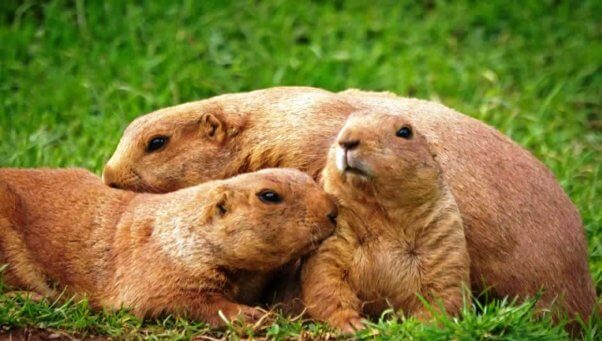
Photo Credit by: bing.com / peta slaughter mulls urgent
Grooming | Prairie Dog, Dog Photos, Dogs

Photo Credit by: bing.com /
Prairie Dog Grooming Stock Photo. Image Of Brown, American - 19003304
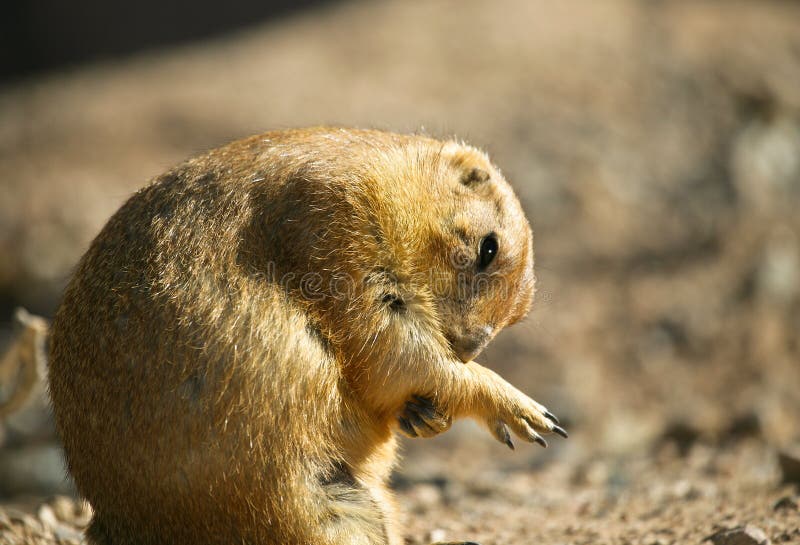
Photo Credit by: bing.com /
8 Surprising Prairie Dog Facts | Stories | WWF
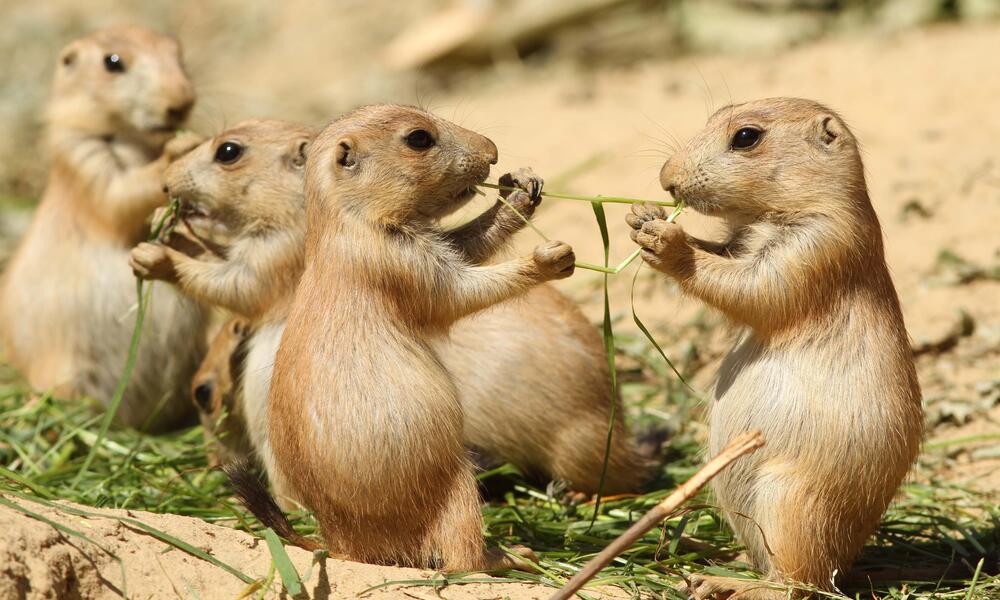
Photo Credit by: bing.com / anjing esquilo hank bentlage pradaria keystone cão pradera prairiedog

